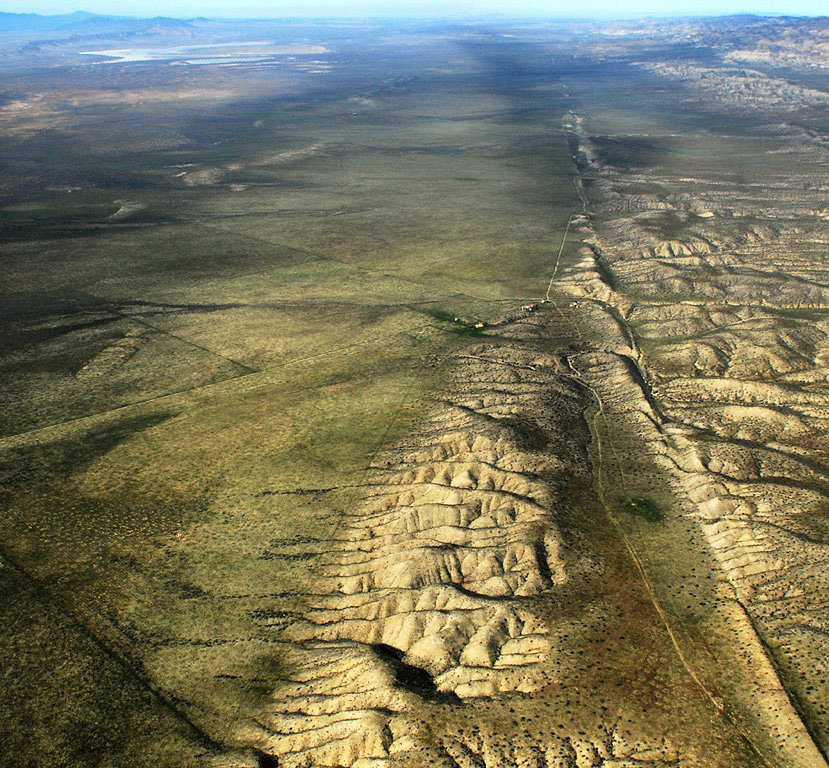A pioneering study has unlocked new insights into the immediate behavior of the Earth’s crust following earthquakes. By applying sub-daily Global Positioning System (GPS) solutions, researchers have precisely measured the spatial and temporal evolution of early afterslip following the 2010 Mw 8.8 Maule earthquake. This innovative approach represents a significant advancement in seismic analysis, providing a more accurate and rapid depiction of ground deformations that are crucial for assessing seismic hazards and understanding fault line activities.
Tag: Seismic research

Shaking Up Earthquake Studies by Increasing Access to Data, Tools and Research Results
Earthquake rupture forecast studies provide information about the probabilities of when earthquakes will occur, where they’ll take place and how strong they’ll be, but the computational tools and data aren’t available to a wide scientific community. That’s about to change.